Landscaping is important for every home. It makes our yards look beautiful. One great way to improve a yard is by planting grasses. Grasses are easy to grow. They come in many colors and types. This article will help you learn about planting grasses for landscaping.
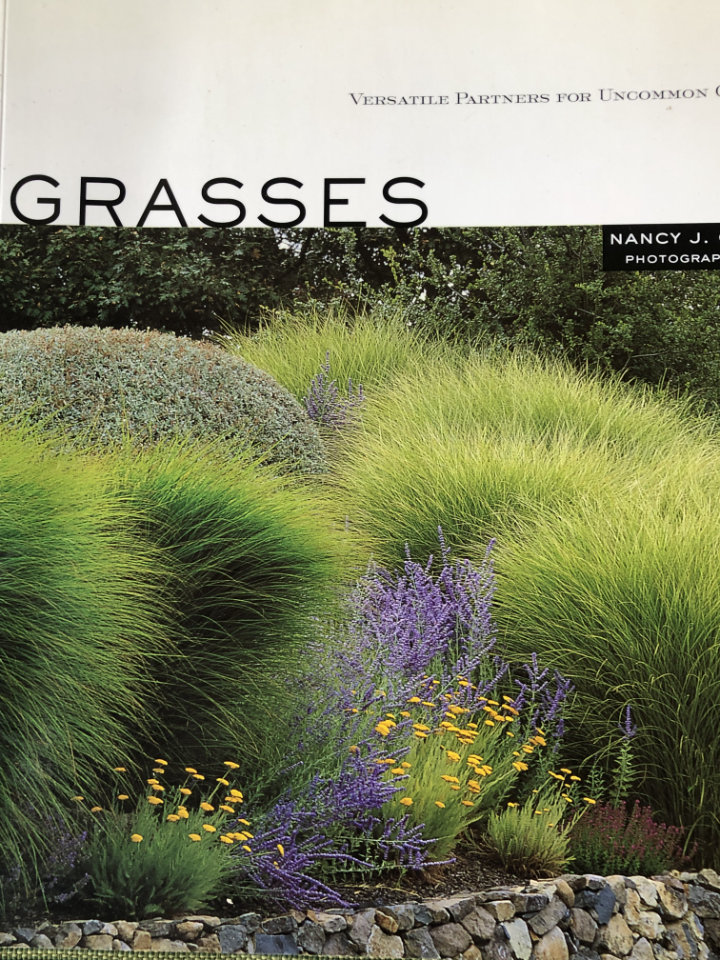
Credit: harmonyinthegarden.com
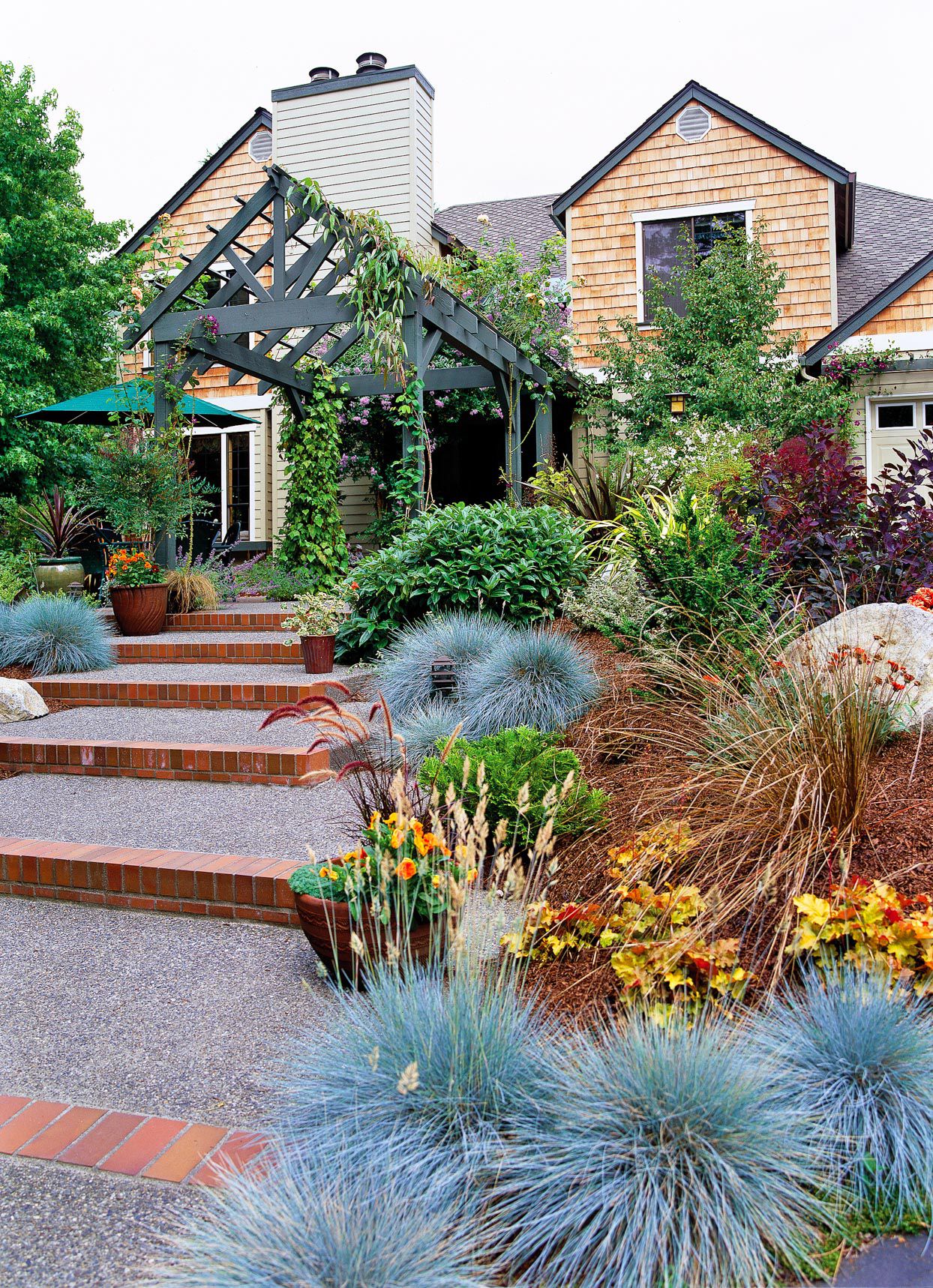
Credit: www.bhg.com
Why Choose Grasses?
Grasses are popular for many reasons:
- They are easy to care for.
- They grow quickly.
- They help control soil erosion.
- They attract birds and butterflies.
- They come in many colors and textures.
Types of Grasses
There are many types of grasses. Here are some common ones:
| Type of Grass | Best for | Sunlight Needs |
|---|---|---|
| Bermudagrass | Lawns and sports fields | Full sun |
| Fescue | Shady areas | Partial shade |
| Bluegrass | Cool-season areas | Full sun to partial shade |
| Buffalograss | Drought-prone areas | Full sun |
When to Plant Grasses
The best time to plant grasses depends on the type:
- Cool-season grasses: Plant in early spring or fall.
- Warm-season grasses: Plant in late spring.
Choose the right time for your area. This helps the grass grow strong.
Preparing the Soil
Good soil is very important. Here is how to prepare the soil:
- Remove old grass and weeds.
- Loosen the soil with a rake.
- Add compost to improve soil quality.
- Level the soil with a rake.
These steps help create a healthy place for grass to grow.
Planting Grasses
Now it’s time to plant the grass. Follow these steps:
- Choose the type of grass seed.
- Sow the seeds evenly across the soil.
- Cover the seeds lightly with soil.
- Water gently to moisten the soil.
Make sure not to drown the seeds. They need air to grow.
Watering the Grass
Watering is very important. Here are some tips:
- Water grass early in the morning.
- Water deeply but less often.
- Check the soil moisture before watering.
This helps the roots grow strong and deep.
Maintaining Your Grass
Once the grass grows, it needs care. Here are some tasks:
- Mow regularly to keep it neat.
- Fertilize to provide nutrients.
- Control weeds to help grass grow.
- Monitor for pests and diseases.
These tasks keep your grass healthy and green.
Common Problems and Solutions
Sometimes grass can have problems. Here are some common ones:
- Weeds: Pull them out by hand or use a weed killer.
- Pests: Use insect spray to keep them away.
- Disease: Identify the disease and use the right treatment.
Act quickly to fix these problems. This helps protect your grass.
Benefits of Grass in Landscaping
Planting grasses has many benefits:
- It adds beauty to your yard.
- It provides a soft area for kids to play.
- It cools the air around your home.
- It helps reduce noise from the outside.
Grasses create a welcoming atmosphere in your yard.
Creative Ways to Use Grasses
You can be creative with grasses in your landscaping:
- Use different types for texture and color.
- Create pathways with grass borders.
- Mix grasses with flowers for beauty.
- Plant grasses near water features.
These ideas can make your yard unique and beautiful.
Conclusion
Planting grasses is a great way to improve your yard. They are easy to grow and care for. With the right preparation and maintenance, you can have a beautiful lawn. Remember to choose the right type of grass. Follow the steps for planting and caring for them. Enjoy your lovely landscape for years to come.
Frequently Asked Questions
1. How Long Does It Take For Grass To Grow?
It usually takes about 2 to 3 weeks for grass to grow.
2. Can I Plant Grass In The Shade?
Yes, some grasses grow well in shady areas.
3. How Often Should I Mow My Grass?
Mow your grass every 1 to 2 weeks during the growing season.
4. Is It Hard To Care For Grass?
No, caring for grass is not hard. Follow basic steps.
5. Can I Plant Grass In The Fall?
Yes, fall is a good time for planting cool-season grasses.

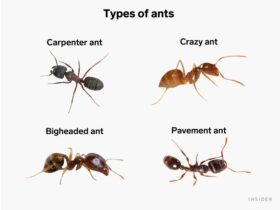



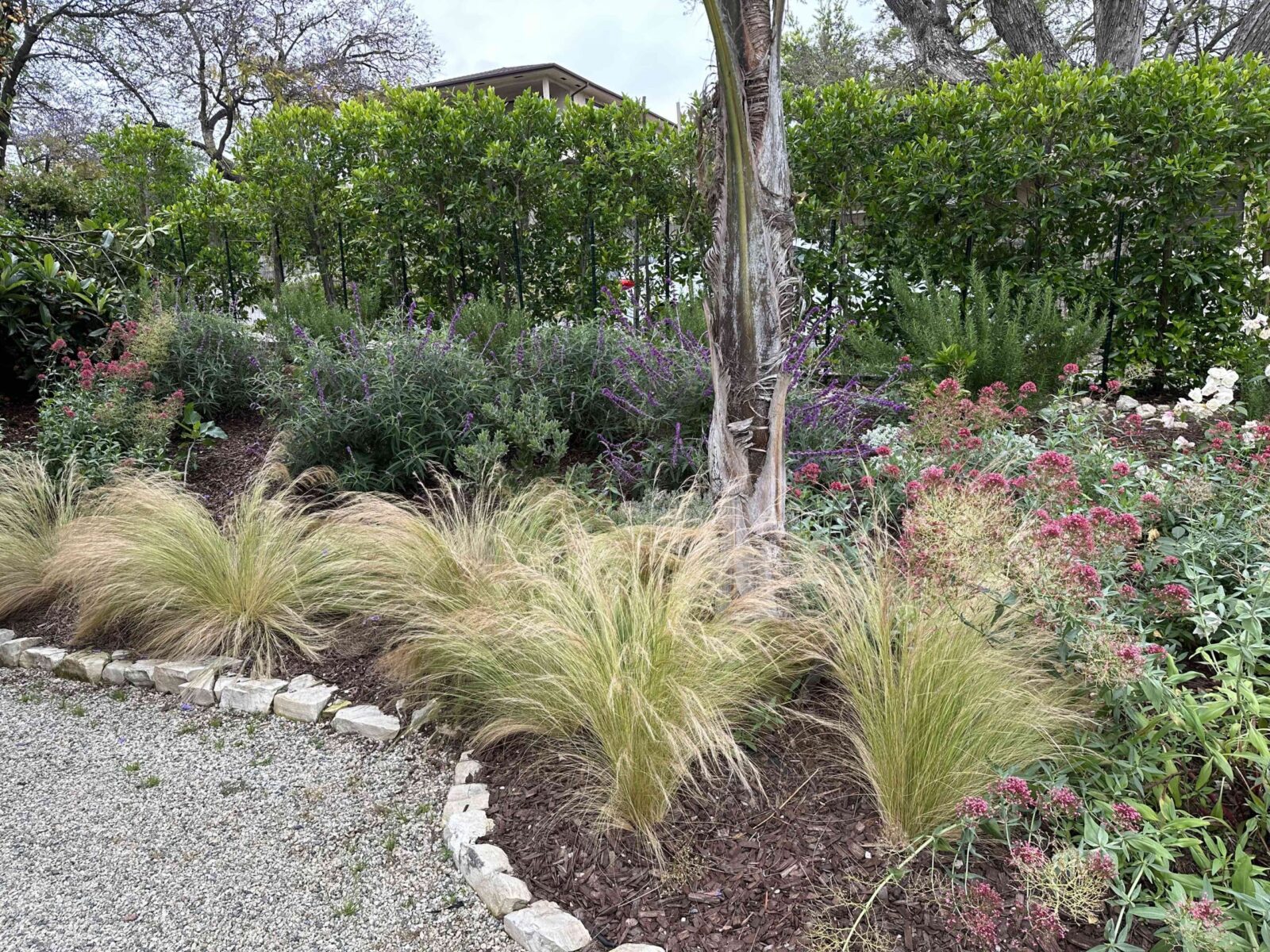
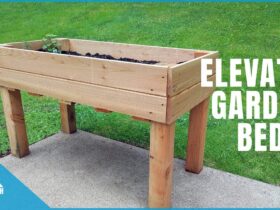

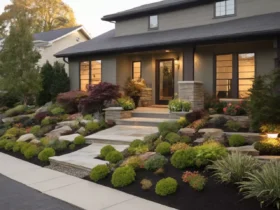
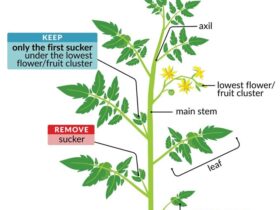
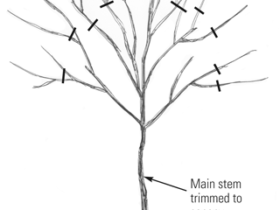



Leave a Review